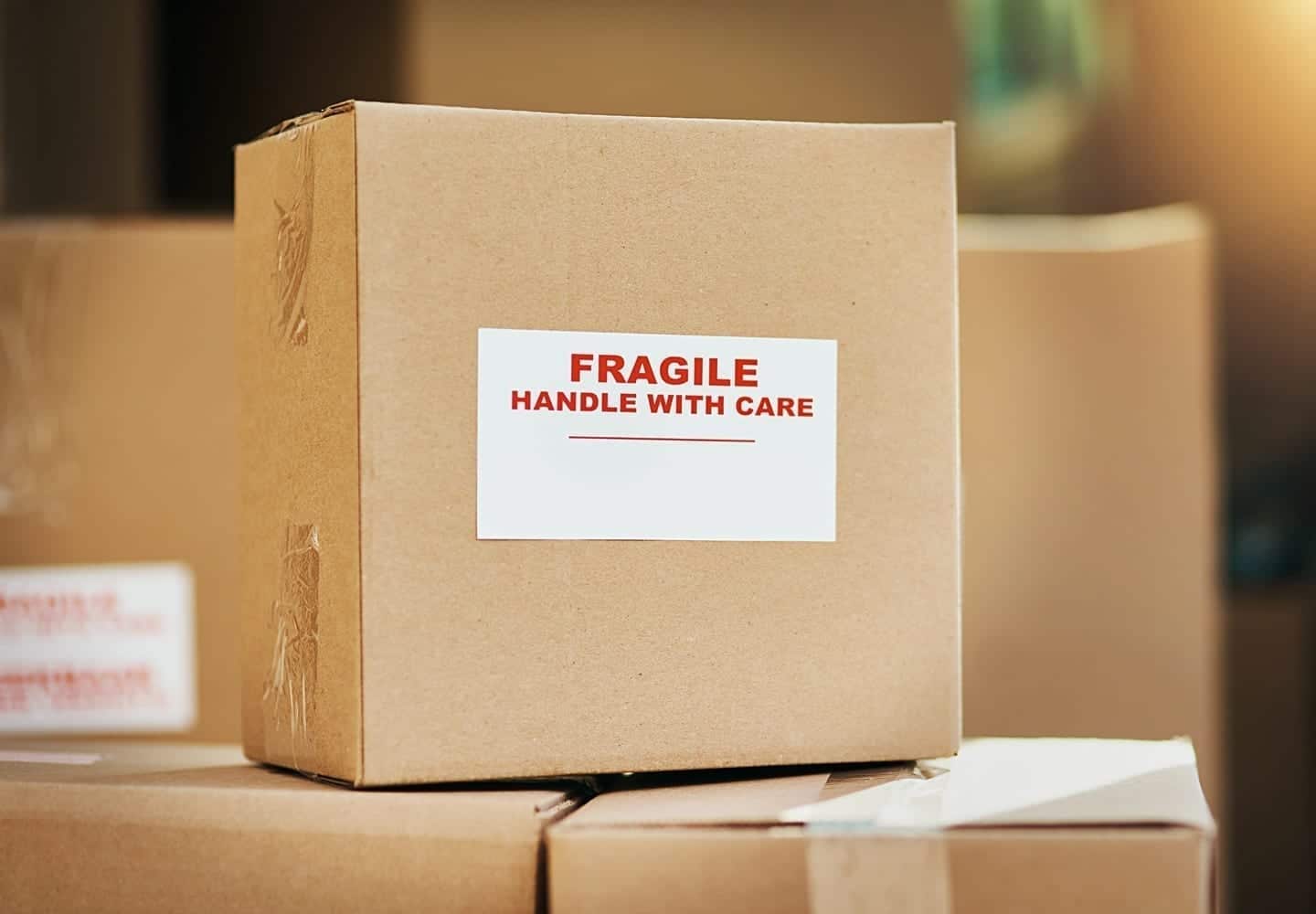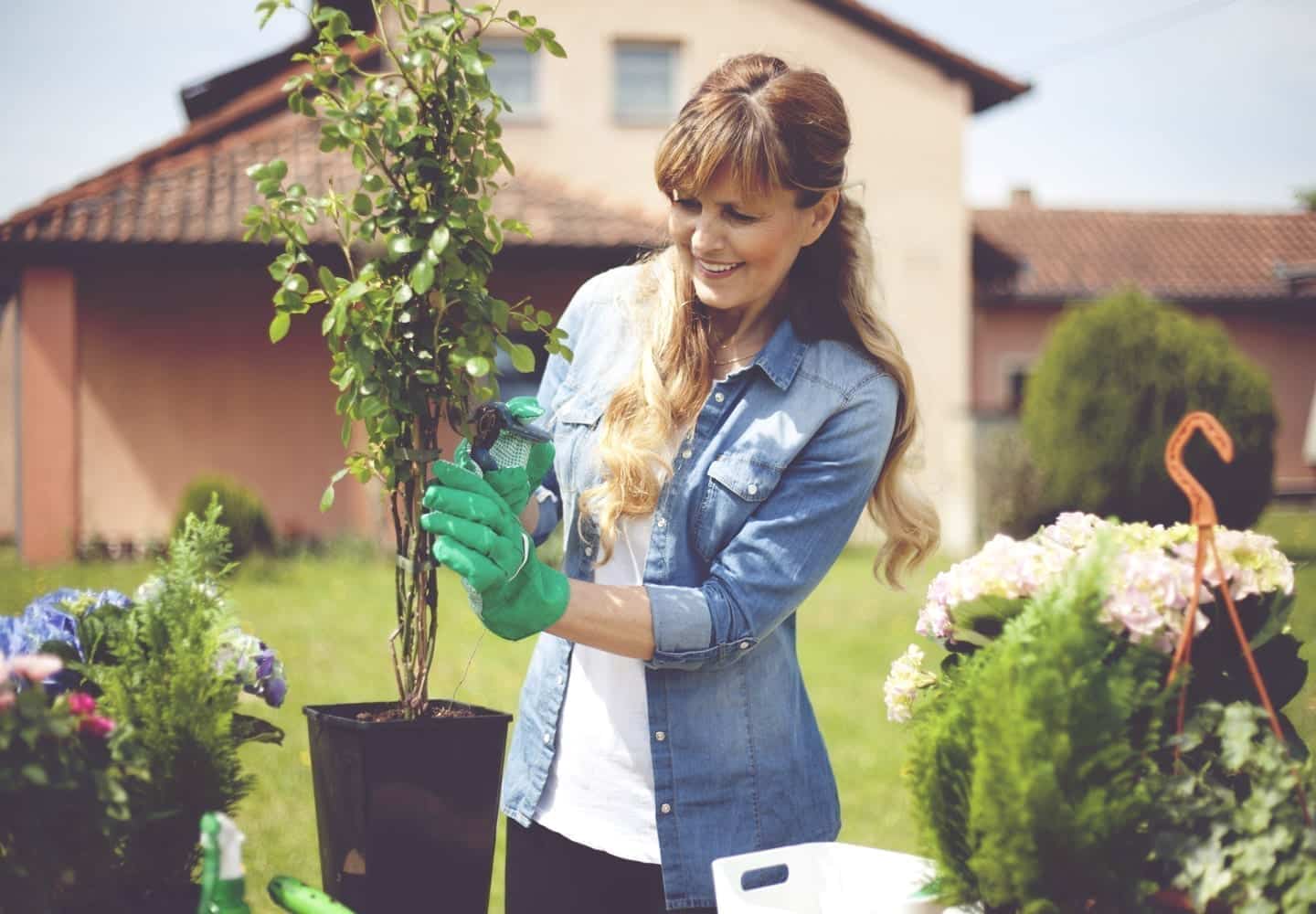
Moving With Plants Without Killing Them!
House plants are the best! They improve the air quality in your home by absorbing toxic substances, reduce indoor dust by up to 20%, release microscopic bits of water into the environment, turn a shabby space into your happy place, and so much more. When it comes to moving, however, it’s a different story. Plants require prep work, planning, patience, and lots of love to keep them alive and thriving during a domestic relocation. Here’s what you need to know before moving with plants.
Know the Laws
Before we dive into the fun stuff, this point is crucial. Most states allow you to move your plants if they’re in sterilized potting soil, but some states have strict guidelines. The U.S. Department of Agriculture sometimes requires inspections of plant materials due to pest controls and local bans on particular plant species. Certain states like California and Hawaii have additional special plant protections as well. This is important in maintaining the ecological health of certain sensitive areas and to avoid the ill effects of invasive species, so make sure to contact the State Plant Regulatory Official (SPRO) in the State where you’ll be moving to find out about any restrictions — the native plants there will thank you.

Check Climate and Growing Conditions
Climate and growing conditions are two factors that new residents only tend to think about after they’ve moved, often to their disappointment. Before relocating, research to see if your current plants will thrive in their new environment. Everything from average temperature and humidity to rainfall and elevation is useful climate information for your plant buddies. Even many indoor species can be affected by extremely dry or moist conditions. Check out the USDA’s Plant Hardiness Zone Map before moving with your plants to see which ones are most likely to thrive in your new home state. If you have plants that won’t make it in the new climate, consider gifting them to friends and neighbors before your move.
Avoid Moving During the Summer (if Possible)
Summer is the worst time of year to move plants. Transplanting is stressful enough as it is, but the added dry heat makes it even worse. Of course, you can’t always choose when you’re going to move, so if you have to move during the hotter months, just do what you can to minimize damage. Don’t leave your plants in a hot car or truck for too long and don’t let their roots dry out during your move (we’ve got tips for that later).
Moving Companies and Plants Often Don’t Mix
Most moving companies won’t move plants. There’s a high risk they’ll be damaged, and because of the state laws mentioned above, many decline to shoulder the liability. If you do hire a moving company to transport your plants, make sure to double check that they’ll actually be able to move them.
Shipping Is a Great Alternative
Shipping your plants is a viable option, but know that what happens to your plants during their journey is out of your control. USPS, UPS, and FedEx all offer shipping, and here’s how you can prep your plants to reduce the risk of damage while in transit.
- Remove the plant from its pot.
- Haircut time! Give the roots and dead leaves a good trim.
- Wrap the roots in a wet paper towel. Then wrap again with plastic. Fasten it with tape or a rubber band for extra protection.
- Secure the plant in a box using ample newspaper and bubble cushioning roll so it won’t shift in transit.
- Pro Tip: Add weight to the bottom of your box to help it stay upright.
- Label the box with “Fragile,” “Live Plant,” and “This End Up” stickers to deter mishandling.
- Wish your flora-friend good luck on the journey ahead.
If You Can, Move Your Plants Yourself
We’ve established that both shipping plants and having them professionally moved are risky endeavors. It may come as no surprise then that your best bet to ensure their safety is actually — you! This is an especially smart option if you're moving locally or driving your car long-distance (rather than shipping it).
You are your plant’s best friend, and here are the supplies you’ll need to do it right.
- Plastic pots
- Sterilized potting soil
- Packing paper or newspaper
- Bubble cushioning roll
- Plastic bags
- Paper towels
First, you’ll want to prep your plants a few weeks before your move. Prune them of any dead leaves, branches, dust, or weeds. Do this again one week before you move as well. After that, wrap the soil up in wet paper towels and secure it with plastic wrap or plastic bags.
Ditch the heavy ceramic pots if you can and transfer your plants into plastic versions using fresh, sterilized potting soil.
If your plants need to be inspected by a local agricultural department, make sure to schedule an appointment with an authorized official before moving.
Your plants will be thirsty! Water them a few days before your move. Make sure the soil is moist, not wet. Most plants can go up to a week or more without water, but it’s important that the roots stay damp during the moving process.
| Pro Tip: Admit it, nobody’s gonna take care of your plants as well as you do. You can load up a PODS portable moving container with the majority of your things, leaving room in your car for the houseplants you want to keep with you. PODS will pick up your container and deliver it to your new home’s driveway, while you transport yourself and your plant babies. |

Pack Your Plant Like a Pro
Pack your plant in roughly the same way you would if you were shipping it. Use a well-taped, sturdy box. Consider covering the tops of your plant with a plastic bag for extra protection.
Fill the extra space in the box with packing paper and newspaper. Leave space to let it breathe. If you tape the top of the box, poke holes in it to allow for airflow. Once again, label the box, “Fragile, “Live Plant,” and “This Side Up,” for that quick little reminder that this box needs special care.
If you’re moving cross-country and planning to stay at hotels or motels along the way, bring your plants inside at night and open the lids of their boxes to give them some air. This will help them stay healthy and stable. They also like late-night movies and room service, too, we hear.

Prioritize Unpacking Your Plants
If you arrive at your new home late at night (or really anytime after days-long travel), you’ll probably just want to hit the hay and put off unpacking until the next day. As tempting as that may be, resist! You need to unpack your plants first thing when you arrive to give them their best chance.
You don’t have to do all the repotting now, but do take them out of their boxes, remove any covers from their leaves, and give ‘em some breathing room. Your plants need sun and air, and they may need some water, too. Find your little green babies a nice, sunny spot in your new home where they can unwind after the long trek, and give them a little drink if they need it.
Once you’ve had a good night’s sleep, take a little time to remove any plastic wrap and wet paper towels from the roots of your plants and get them resituated in their snazzy ceramic pots.
You Did It!
You’ve successfully moved your beloved botanical family and they love you for it. Now that your journey is over, just give your plants the care you always have and soon they'll adjust to their new environment. It won't be long before they start tying that room, porch, and garden together just like they did in your last home.
Heather Magness is a member of the PODS Blog creative team. When she’s not formatting images and blog layouts, you can find her writing a song, watching a movie, or enjoying the great outdoors.
Comments
Leave a Comment
Your email address will not be published. Required fields are marked *
